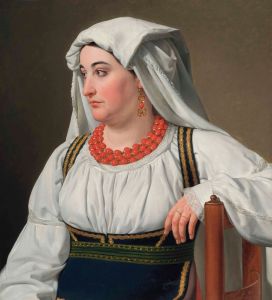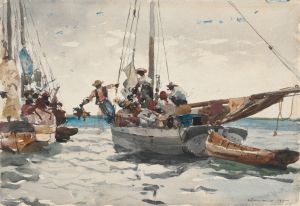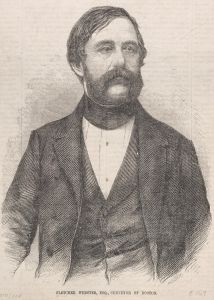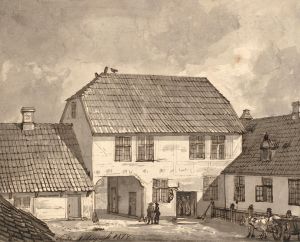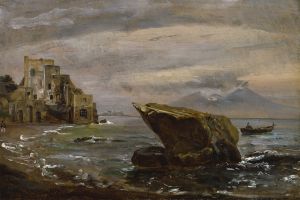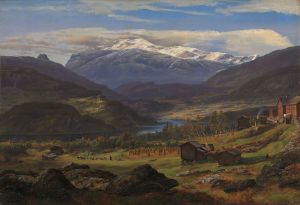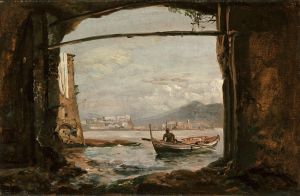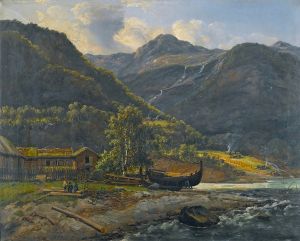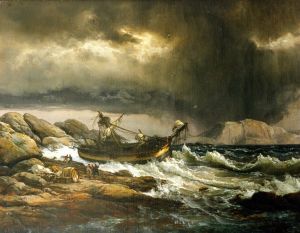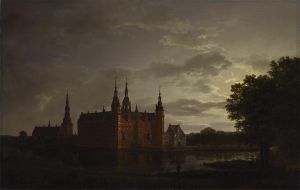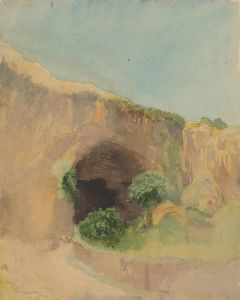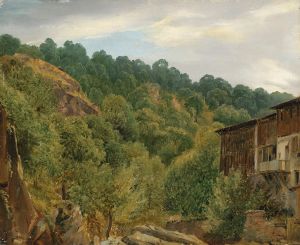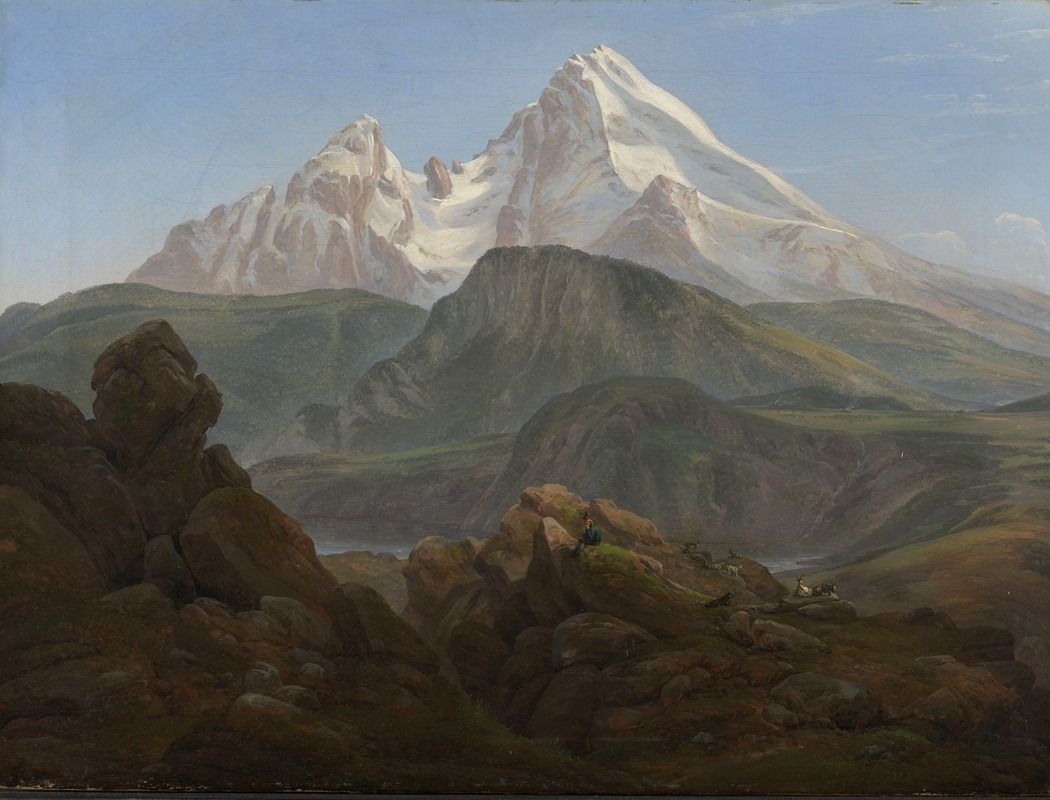
The Watzmann
A hand-painted replica of Johan Christian Dahl’s masterpiece The Watzmann, meticulously crafted by professional artists to capture the true essence of the original. Each piece is created with museum-quality canvas and rare mineral pigments, carefully painted by experienced artists with delicate brushstrokes and rich, layered colors to perfectly recreate the texture of the original artwork. Unlike machine-printed reproductions, this hand-painted version brings the painting to life, infused with the artist’s emotions and skill in every stroke. Whether for personal collection or home decoration, it instantly elevates the artistic atmosphere of any space.
Johan Christian Dahl, a prominent Norwegian painter, created "The Watzmann" in 1824. Dahl is often regarded as one of the leading figures of Norwegian romanticism and is known for his landscape paintings that capture the sublime beauty of nature. "The Watzmann" is one of his notable works and exemplifies his skill in portraying dramatic natural scenes.
The painting depicts the Watzmann, a mountain in the Bavarian Alps, which is the third highest in Germany. The Watzmann massif is known for its distinctive shape and the striking contrast between its rugged peaks and the serene valleys below. Dahl's rendition of the Watzmann captures the grandeur and majesty of the mountain, emphasizing its imposing presence in the landscape.
In "The Watzmann," Dahl employs a meticulous attention to detail and a masterful use of light and shadow to create a sense of depth and realism. The painting features a dramatic sky with clouds that seem to be in motion, adding a dynamic element to the scene. The interplay of light and shadow on the mountain's slopes enhances the texture and form of the rocky terrain, while the lush greenery in the foreground provides a stark contrast to the stark, craggy peaks.
Dahl's work is often associated with the Romantic movement, which emphasized the beauty and power of nature, as well as the emotional response it evokes in the viewer. "The Watzmann" is a quintessential example of this, as it not only showcases the natural beauty of the Bavarian Alps but also evokes a sense of awe and wonder. The painting invites viewers to contemplate the vastness and majesty of the natural world, a common theme in Romantic art.
Johan Christian Dahl was born in Bergen, Norway, in 1788. He studied at the Royal Danish Academy of Fine Arts in Copenhagen, where he was influenced by the Danish Golden Age of painting. Dahl's travels throughout Europe, including his time spent in Germany, Italy, and Switzerland, greatly influenced his artistic development. His encounters with the landscapes of these regions inspired many of his works, including "The Watzmann."
Throughout his career, Dahl sought to capture the essence of the natural world with a sense of realism and emotional depth. His paintings often feature dramatic compositions and a keen observation of nature, qualities that are evident in "The Watzmann." Dahl's work had a significant impact on the development of landscape painting in Norway and beyond, and he is remembered as one of the pioneers of the genre.
"The Watzmann" remains an important work in Dahl's oeuvre and is celebrated for its technical excellence and emotional resonance. The painting is a testament to Dahl's ability to convey the sublime beauty of nature and his skill in capturing the essence of the landscapes he so admired. Today, "The Watzmann" continues to be appreciated by art enthusiasts and scholars alike for its contribution to the Romantic tradition and its enduring appeal.





